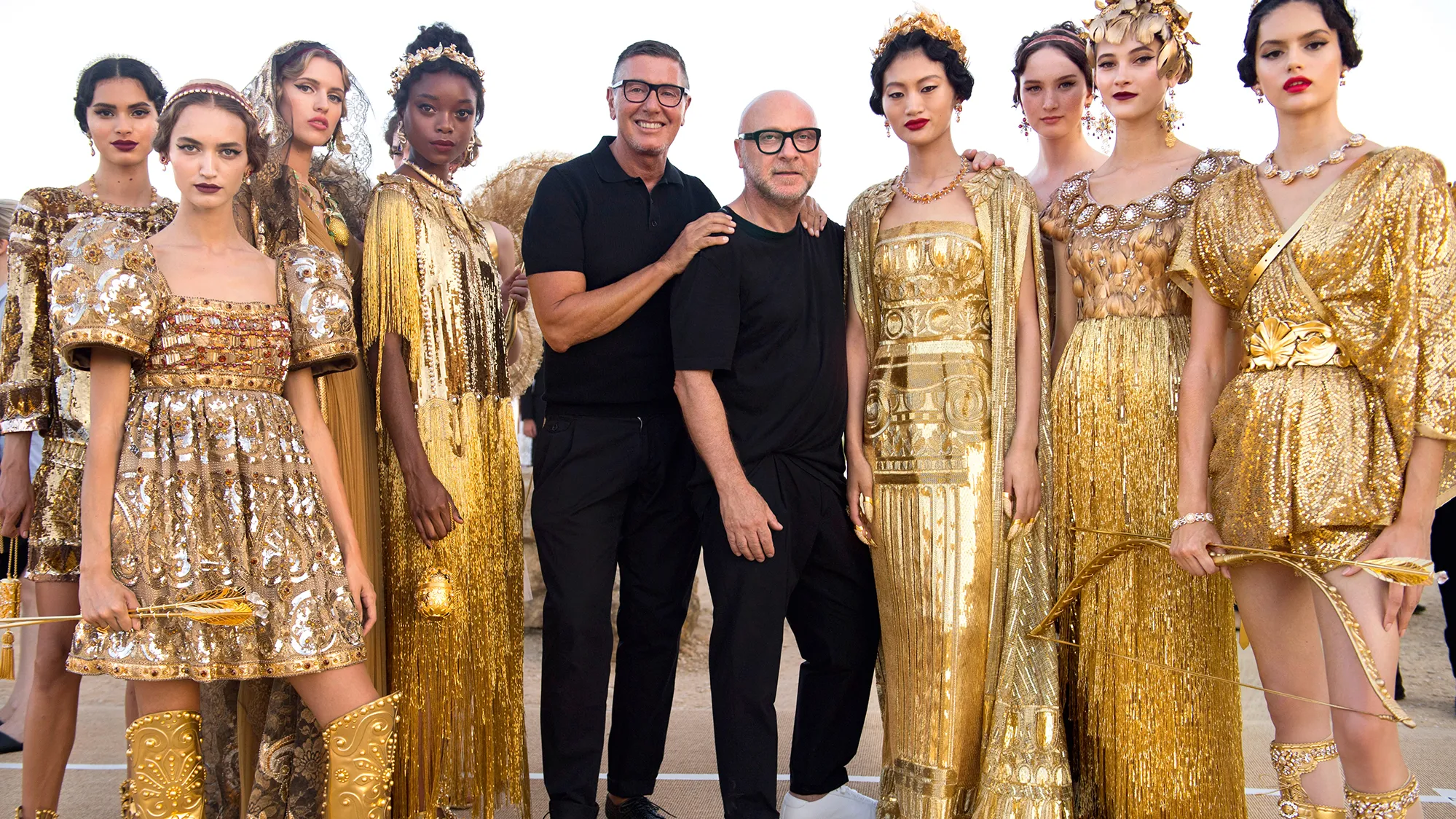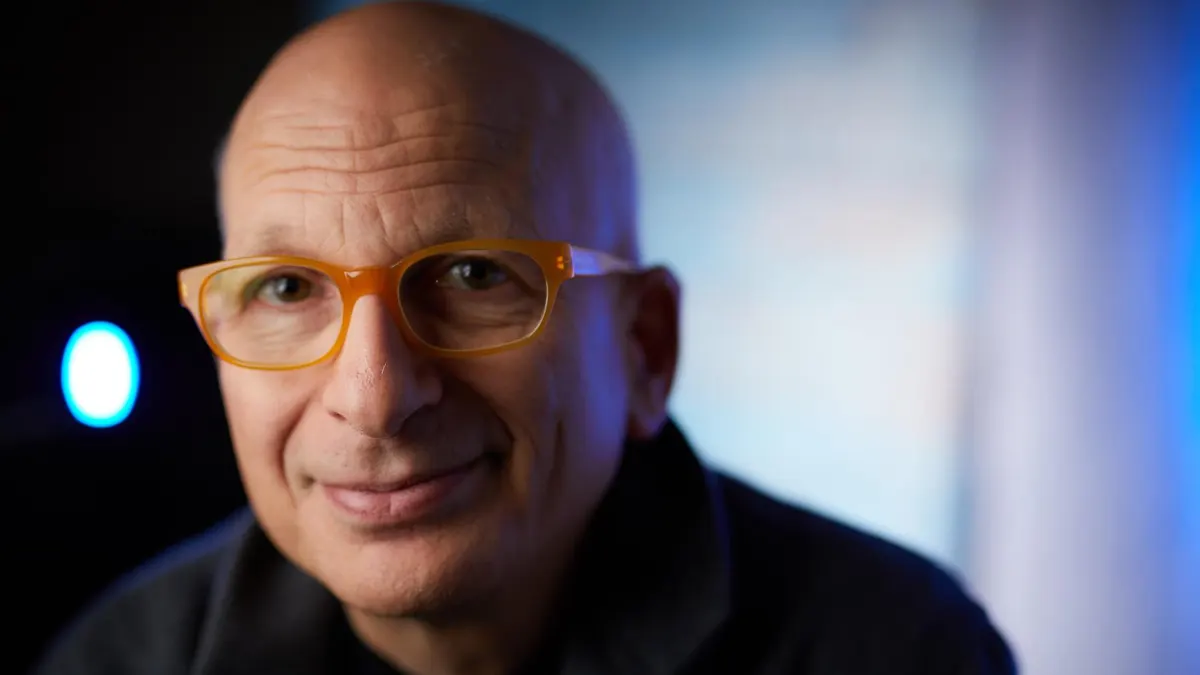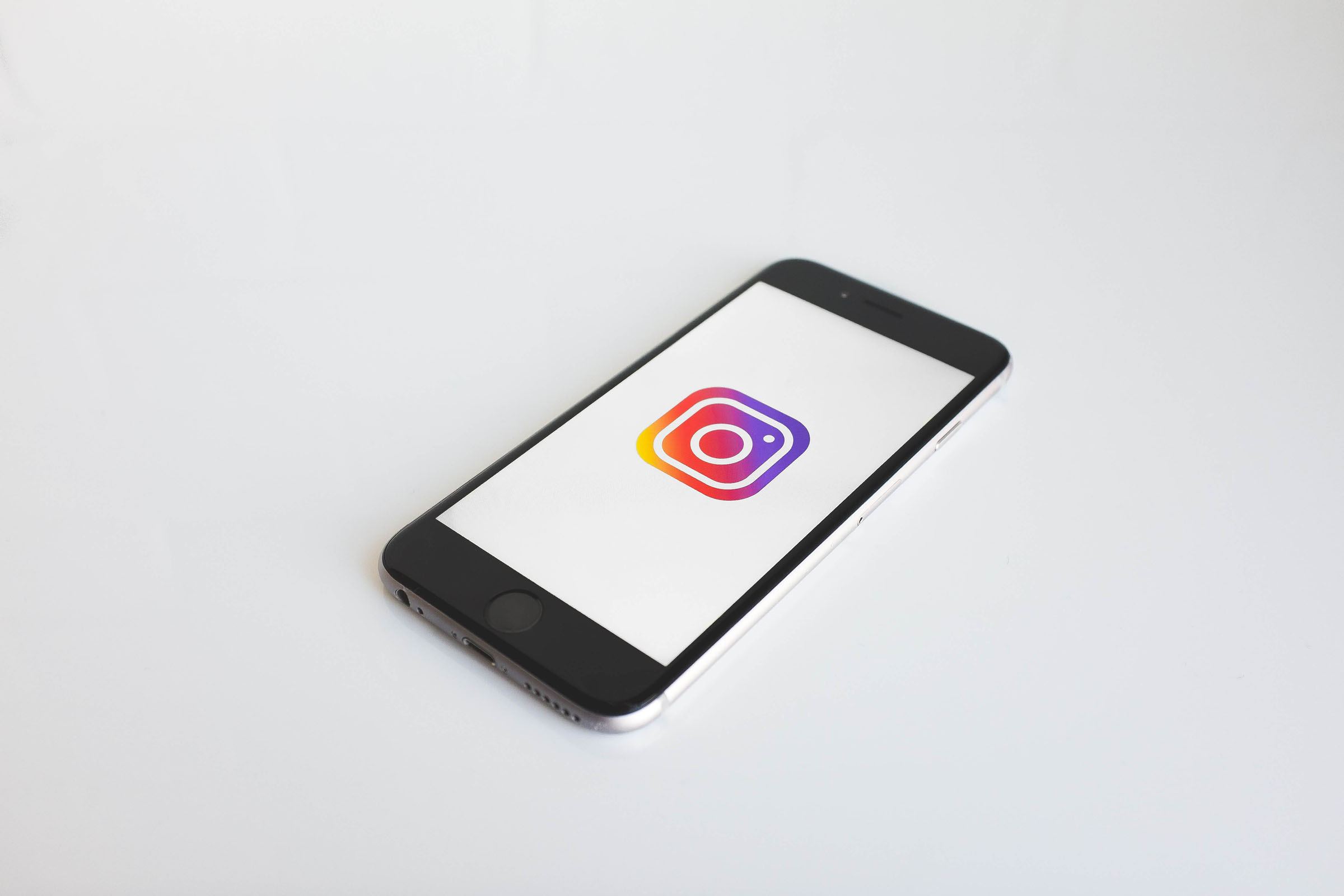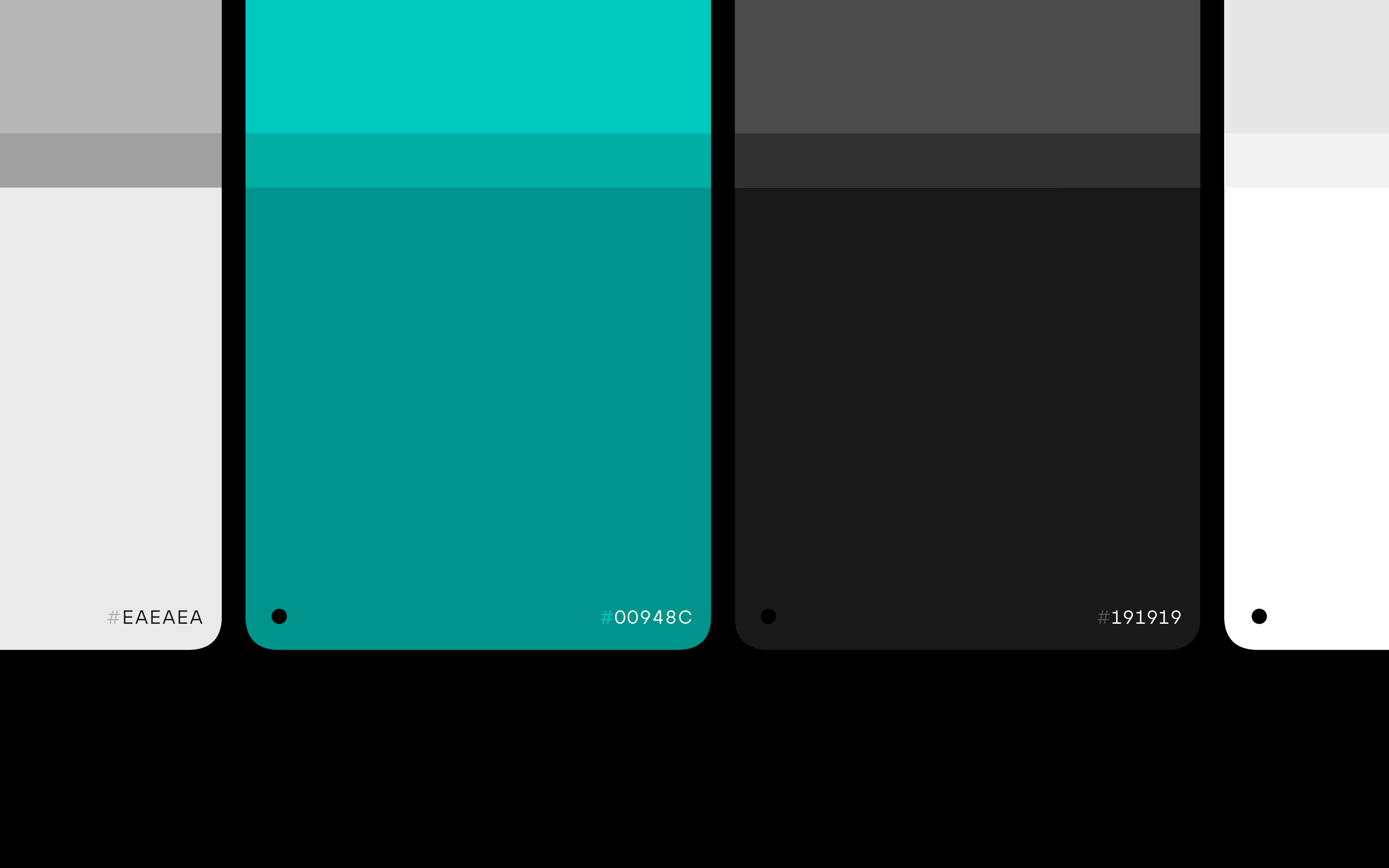
D&G: from gaffe to goodbye
Luxury brands don’t have it easy. Some time ago, the Dolce&Gabbana brand made a really bad gaffe in China. I talked about it in this article, trying to understand how the two designers didn’t notice in time the disaster they were pulling over their heads.
After the apologies (endlessly parodied right on socials), we hadn’t had any more news about D&G. Until, a few weeks ago, Stefano Gabbana announced that the new collection would only be launched in printed magazines, cutting out socials and influencers.
Instinctively, it seemed an act of spite (even a bit childish). A few days later, however, an interview with Seth Godin came out.

Does Seth Godin agree with D&G?
Seth Godin, marketing guru, the purple cow guru, clearly says that “brands have to get off the social carousel, which goes faster and faster but leads nowhere”. In a nutshell, brands are playing by social rules (which are algorithms), and in this way they are losing meaning: they chase the masses and lose sight of niches.
The coincidence struck me: maybe the two designers are right? Is it true that luxury brands cannot enslave themselves to the whims of social platforms?

Less social, but for the right reasons
I think the truth is in the middle. The theme of uniqueness is certainly relevant for luxury brands, and there is no doubt that the algorithmic search for an audience leads to conformism. I talked about it commenting on the trend that fashion logos are becoming all the same and how digital is threatening to flatten the luxury world.
The algorithms provide us with optimal median solutions, but for this very reason, they are similar for everyone. It is the same mechanism by which everyone on Instagram ends up posting sunsets, feet on the sand, and ice cream in front of the lens. When brands do it, though, it’s a big problem.

So Stefano Gabbana said something right: socials can’t guide the positioning of a luxury brand. They can’t become its engine. If a brand becomes a wind vane, it does not go far. A brand – especially luxury brands – should have the courage not to listen to the sirens of algorithms but instead to strengthen its identity, at the cost of losing a few numbers. The most memorable works and brands have always been born from courage and a bit of madness, not from fulfilling a list of criteria. Certainly not from the daily and somewhat toxic research of a (non) paying audience applause.
But what a luxury brand can’t hope to do, coming out of the socials, is to avoid criticism, like the violent ones that hit D&G: even if our communication is born without looking at the socials and maybe it doesn’t exploit them for promotion, it will end up there anyway. Someone will record it, film it, and share it. And in any case, it will be analyzed, fragmented, parodied, remixed, or, at best, mythologized.
The rules are now these: we create original, brave, and memorable brands. Then we put them into play.
READ MORE ON
How We Choose Brand Colors for Impact
Choosing brand colors is never easy. But it helps to have a rough idea of why you are picking one over another.
Why Our Branding Agency is Called Sublimio
What’s in a name? More exactly, what’s in our name? Well, probably more than you think. Here’s where it comes from.
How We Do Brand Typography for Strong Brands
Brand typography can be seen as a detail, but it’s the living spirit of a brand. This is how we do it at Sublimio.
Giving the Brand a Body: How We Do Visual Identity
Designing a visual identity means creating a whole world. So where do you start and, most importantly, where do you stop?
our newsletter













